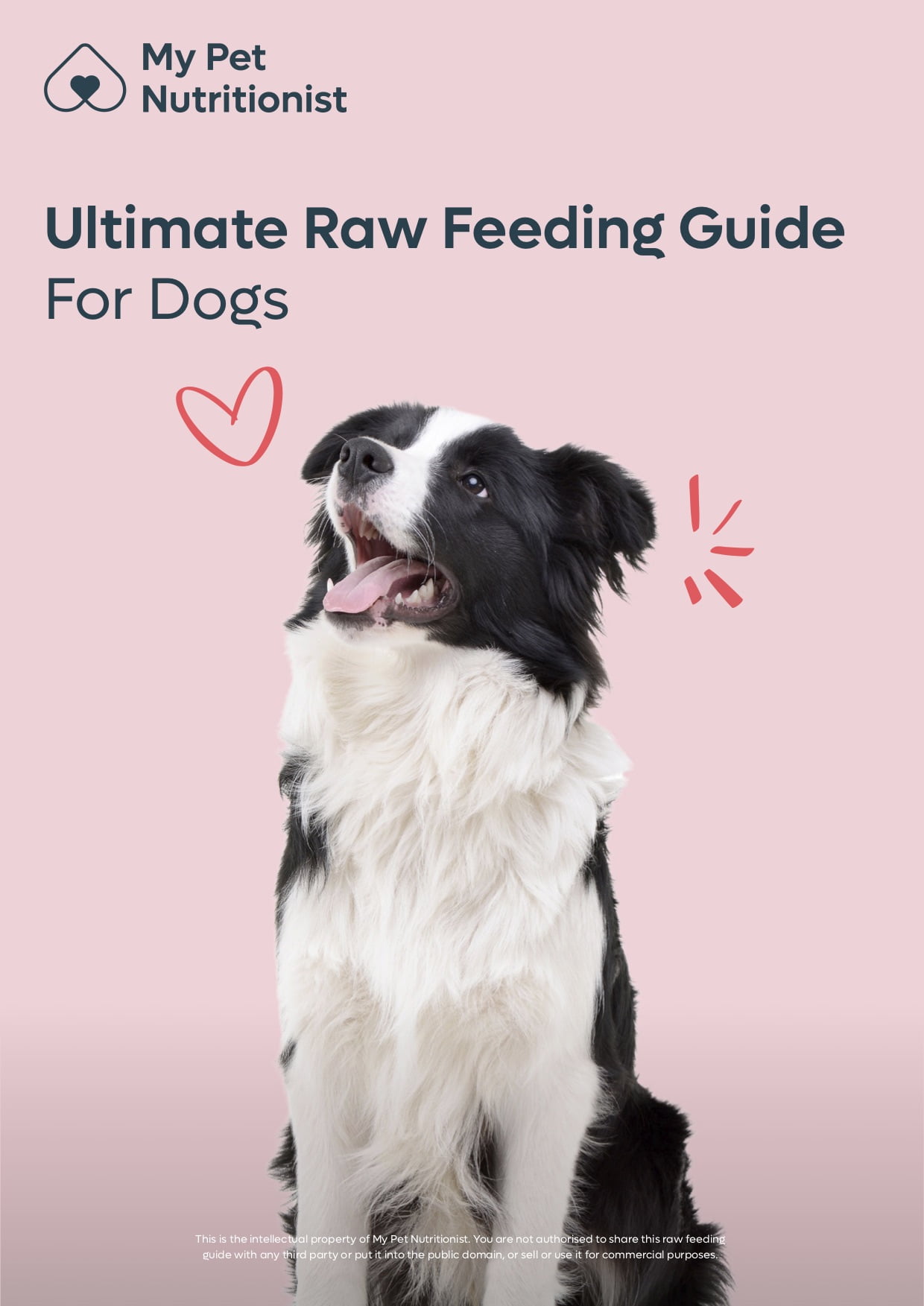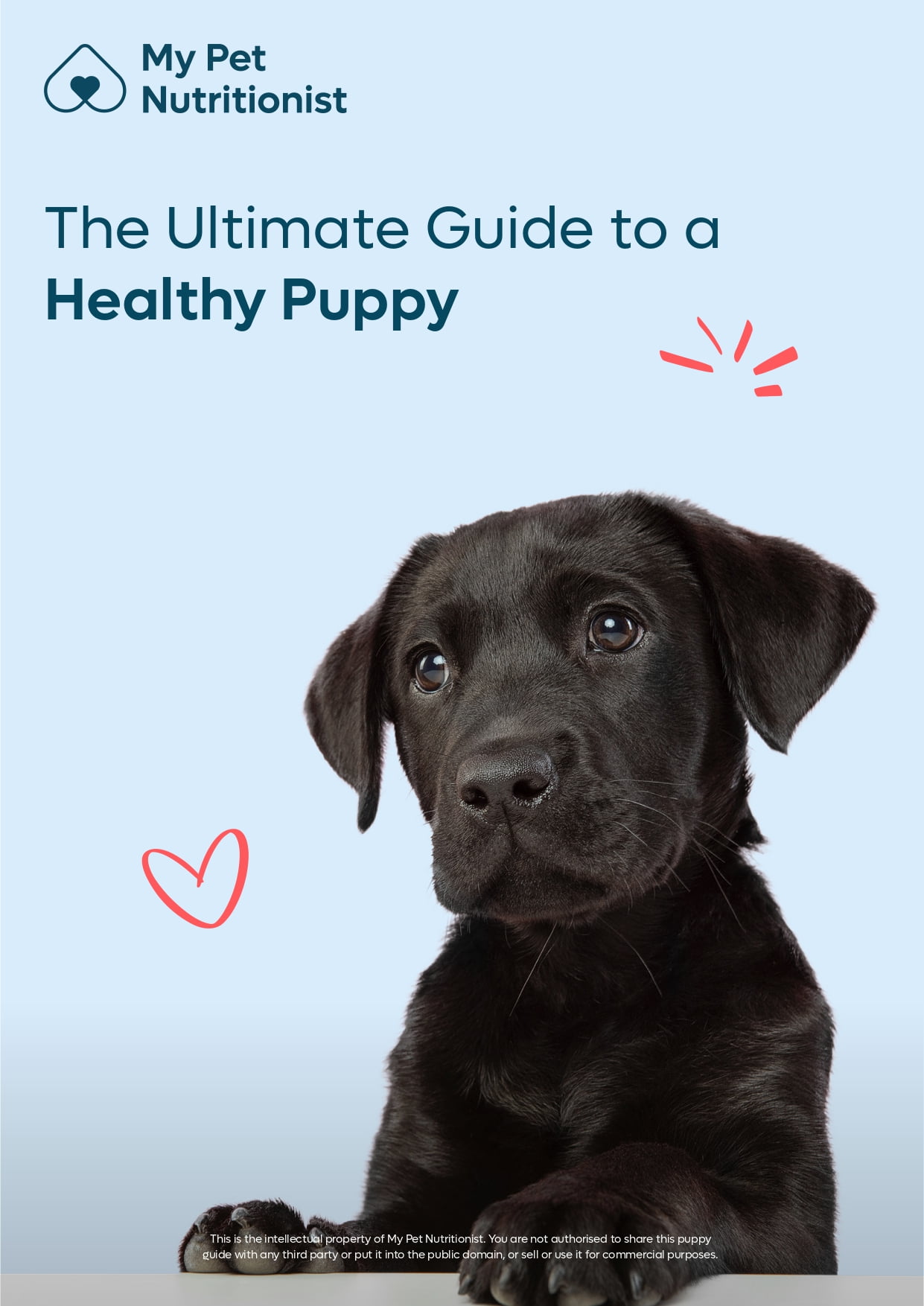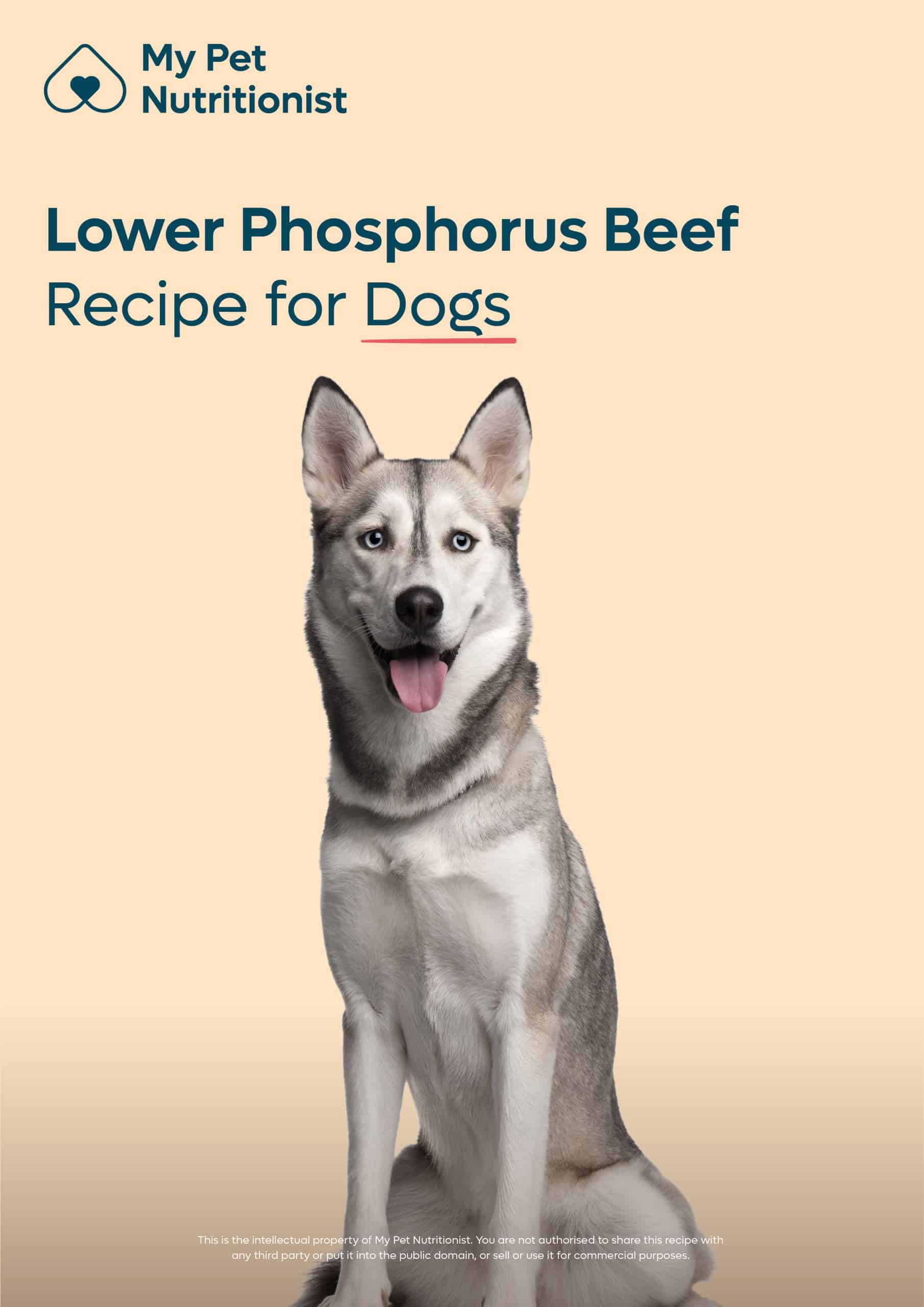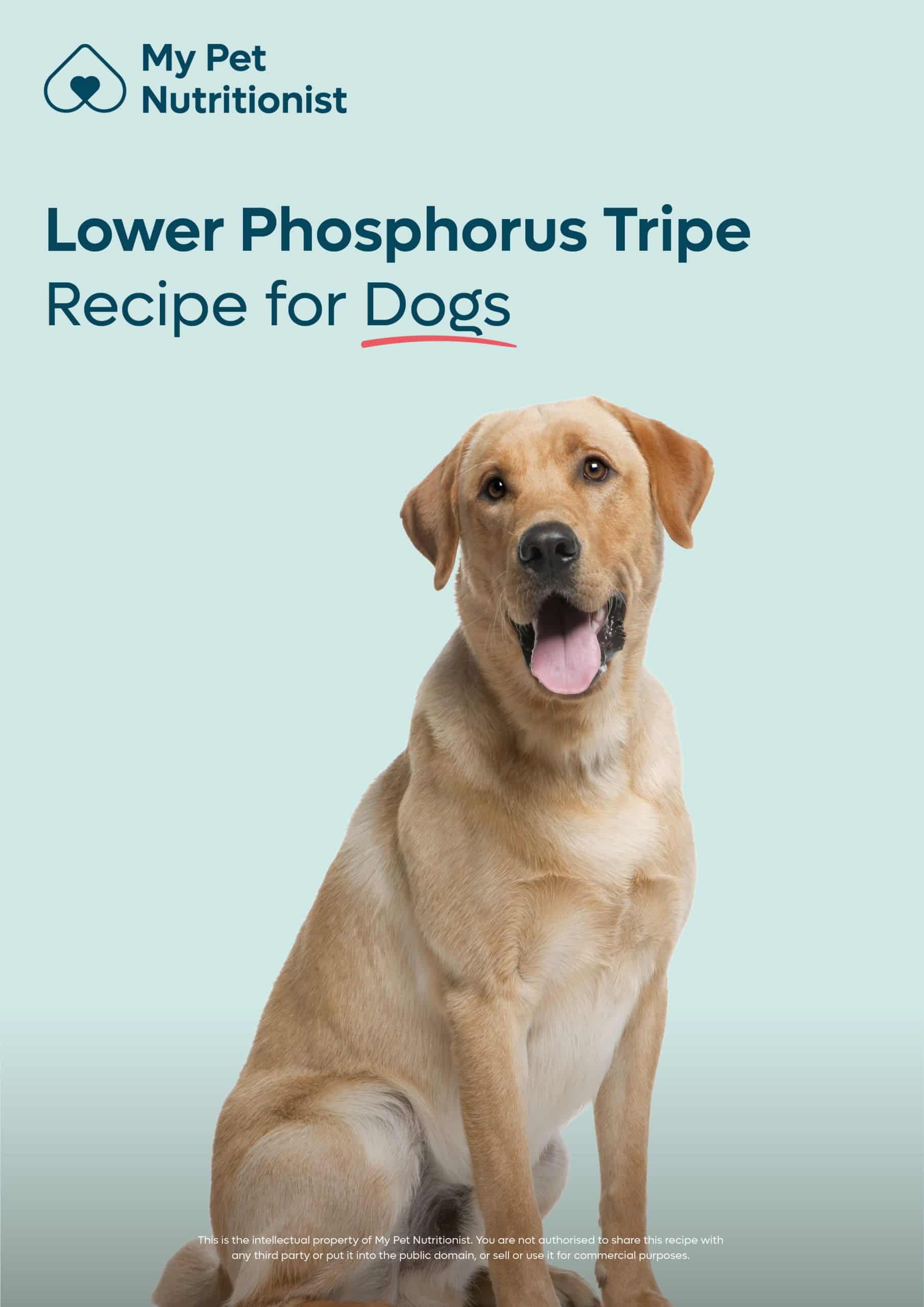
Periodontal Disease in Dogs
- May 4, 2021
- 7 min read
Being the most common clinical condition in adult dogs, periodontal disease raises the flag on why dental care is so important in optimal canine health. Sadly, here at My Pet Nutritionist, we see it, a lot.
Periodontal disease begins when bacteria in the dog’s mouth forms to create a substance called plaque. The plaque sits on the surface of the teeth and with the help of saliva, it hardens to form tartar. Not only does it sit on the teeth, plaque and tartar seeps into gum lines which causes inflammation. Over a period of time, this inflammation and presence of bacteria causes damage to the structures surrounding the teeth; causing receding gum lines and eventually tooth loss. These bacteria can also travel to other parts of the body, causing a range of additional health concerns.
So, let’s look at periodontal disease in more detail and what we can do to prevent it! But, before we get to the diseased mouth, let’s take a look at a healthy mouth.
The Canine Mouth
Puppies are born without teeth and they then develop 28 of them. They will shed these between 4-6 months of age as their 42 adult teeth erupt.
A dog will possess:
Teeth in fact provide the first step of digestion, but over their lifetime and in consideration of genetics and poor hygiene, many dogs will lose most, or all of their teeth.
Dental Disease
From the moment a tooth erupts it is exposed to food, saliva, and bacteria. Periodontal disease occurs when there is a buildup of bacteria in the mouth, which forms plaque. Eventually,this hardens to form tartar. This can sit in the gum line causing inflammation, known as gingivitis. Left untreated, further harm occurs which results in periodontitis, where teeth fall out and damage can occur to the surrounding bone.
Signs your dog has dental disease:
But what is also interesting is that it is generally accepted that the inflammation and resulting tissue damage is due to an improperly regulated immune response to bacterial infection, and not solely from the bacterial pathogens themselves. This suggests that if your dog already has immune mediated health concerns, then they may be at a higher risk of dental disease. Findings here
The point to make is that gingivitis is thought to be reversible, whereas periodontitis is not.
Not only is the mouth and teeth a concern, but the bacteria found in the mouth of your dog can be released into the circulatory system, which then travels through the body. It has been found to damage cardiac tissue causing endocarditis (infection and inflammation in the heart). Studies have also shown that periodontal disease is linked to increased insulin resistance and kidney, and liver issues. Findings here
All things considered, prevention is certainly better than cure, so what can we do?
1) Avoid ultra-processed refined foods
Ultra-processed food is defined as any food that undergoes multiple processes like extrusion and milling. They may also contain added ingredients that are highly manipulated. Sadly, many dry based dog foods fall directly under this definition.
In human Hunter-gatherer studies, it is demonstrated that cavities and gum disease were a rarity, and this remains in modern times; Aboriginals living a traditional lifestyle do not generally get dental disease until they adopt a Western diet.
There are a number of reasons for this.
The mouth, just like the gut contains its own microbiome. It is a community of microbes that maintain balance; the good guys can keep the bad guys in check. Not only do ultra-processed foods skew the balance in the mouth, but they do also the same in the remainder of the digestive tract. As we know, the gut houses much immune tissue, and so it does in fact train the immune response. As we mentioned early, it is thought that much of the damage originating in the mouth is due to an improperly regulated immune response and not solely the bacterial pathogens themselves.
For this reason, we would advocate the removal of an ultra-processed diet for oral and gut microbiome health. For more information on the microbiome in your dog, check out our blog here.
2) Dental Sticks
There are a number of chews on the market promoting oral health, but it is actually the mechanism of chewing that helps to reduce build up.
Chewing stimulates saliva which produces anti-bacterial agents, helping to keep the mouth clean. Not only this but the abrasion that occurs during chewing helps to scrape deposits off the teeth.
What type of chew is best? Here’s what the data suggests:
Raw bones lead the way in reducing bacteria,and the added bonus? You know exactly what you are feeding. There is no long list of ingredients to consider. If you are opting for raw bones, ensure they are a manageable size for your dog; chicken necks and wings are a great place to start if you’ve never fed them before!
If you’d learn to learn more about the benefits of chewing for your dog, check out our blog here.
3) Diet
It is thought that periodontal disease may be related to the texture of a diet and it is generally accepted that an abrasive, more fibrous diet is beneficial. This is why we would always advocate a fresh food diet. The diversity and improved texture that you can include in a fresh-food diet is unmatched!
Not only do fibrous vegetables provide something to gnaw on, but we know that fibre is beneficial to the gut microbiome. Fibre is undigested carbohydrate which can be fermented by bacteria in the gut. In this process, metabolites are produced which supports intestinal integrity and immune function (amongst others). If you’d like some top tips on including additional fibre in your dog’s diet, then head on over to our blog here.
4) Daily Brushing
Studies have demonstrated that daily brushing significantly reduces bacteria found in the canine mouth – but the reality is, if you are feeding a species appropriate diet, this isn’t necessary. Not only are we increasing chewing time, but we are providing a more beneficial environment for the good bugs to keep the bad bugs in check.
In the absence of a species appropriate diet, frequent, if not daily brushing is necessary to maintain oral hygiene in your pet.
Introducing teeth cleaning from puppyhood gives you the best shot at your dog tolerating it – allowing them to sniff the toothbrush and toothpaste; over time you will be able to increase the time spent brushing. Remember to source pet-friendly products – many human toothpastes contain xylitol which is in fact toxic to dogs.
Summary
Periodontal disease resulting from plaque build-up is a common problem in dogs. About 20% of one year old dogs and over 80% of three-year-old dogs suffer from it.
Not only can this affect the structure of the mouth, which ultimately leads to issues with eating and digesting food, but dental disease has been linked with many other health issues in the body, specifically relating to the heart and kidneys.
Gingivitis is reversible, but periodontitis is not and so prevention is key!
Our top tips include
Thanks for reading!
MPN Team x
Periodontal disease begins when bacteria in the dog’s mouth forms to create a substance called plaque. The plaque sits on the surface of the teeth and with the help of saliva, it hardens to form tartar. Not only does it sit on the teeth, plaque and tartar seeps into gum lines which causes inflammation. Over a period of time, this inflammation and presence of bacteria causes damage to the structures surrounding the teeth; causing receding gum lines and eventually tooth loss. These bacteria can also travel to other parts of the body, causing a range of additional health concerns.
So, let’s look at periodontal disease in more detail and what we can do to prevent it! But, before we get to the diseased mouth, let’s take a look at a healthy mouth.
The Canine Mouth
Puppies are born without teeth and they then develop 28 of them. They will shed these between 4-6 months of age as their 42 adult teeth erupt.
A dog will possess:
- incisors
- canines
- premolars and
- molars
Teeth in fact provide the first step of digestion, but over their lifetime and in consideration of genetics and poor hygiene, many dogs will lose most, or all of their teeth.
Dental Disease
From the moment a tooth erupts it is exposed to food, saliva, and bacteria. Periodontal disease occurs when there is a buildup of bacteria in the mouth, which forms plaque. Eventually,this hardens to form tartar. This can sit in the gum line causing inflammation, known as gingivitis. Left untreated, further harm occurs which results in periodontitis, where teeth fall out and damage can occur to the surrounding bone.Signs your dog has dental disease:
- Bad breath
- Pawing at his mouth
- Reluctance to eat
- Food or toys will have blood on them
But what is also interesting is that it is generally accepted that the inflammation and resulting tissue damage is due to an improperly regulated immune response to bacterial infection, and not solely from the bacterial pathogens themselves. This suggests that if your dog already has immune mediated health concerns, then they may be at a higher risk of dental disease. Findings here
The point to make is that gingivitis is thought to be reversible, whereas periodontitis is not.
Not only is the mouth and teeth a concern, but the bacteria found in the mouth of your dog can be released into the circulatory system, which then travels through the body. It has been found to damage cardiac tissue causing endocarditis (infection and inflammation in the heart). Studies have also shown that periodontal disease is linked to increased insulin resistance and kidney, and liver issues. Findings here
All things considered, prevention is certainly better than cure, so what can we do?
1) Avoid ultra-processed refined foods
Ultra-processed food is defined as any food that undergoes multiple processes like extrusion and milling. They may also contain added ingredients that are highly manipulated. Sadly, many dry based dog foods fall directly under this definition.In human Hunter-gatherer studies, it is demonstrated that cavities and gum disease were a rarity, and this remains in modern times; Aboriginals living a traditional lifestyle do not generally get dental disease until they adopt a Western diet.
There are a number of reasons for this.
The mouth, just like the gut contains its own microbiome. It is a community of microbes that maintain balance; the good guys can keep the bad guys in check. Not only do ultra-processed foods skew the balance in the mouth, but they do also the same in the remainder of the digestive tract. As we know, the gut houses much immune tissue, and so it does in fact train the immune response. As we mentioned early, it is thought that much of the damage originating in the mouth is due to an improperly regulated immune response and not solely the bacterial pathogens themselves.
For this reason, we would advocate the removal of an ultra-processed diet for oral and gut microbiome health. For more information on the microbiome in your dog, check out our blog here.
2) Dental Sticks
There are a number of chews on the market promoting oral health, but it is actually the mechanism of chewing that helps to reduce build up.Chewing stimulates saliva which produces anti-bacterial agents, helping to keep the mouth clean. Not only this but the abrasion that occurs during chewing helps to scrape deposits off the teeth.
What type of chew is best? Here’s what the data suggests:
- Raw bones reduced mouth bacteria by 79%
- Daily brushing reduced it by 70% and,
- Marketed dental chews reduced it by 54-60%.
Raw bones lead the way in reducing bacteria,and the added bonus? You know exactly what you are feeding. There is no long list of ingredients to consider. If you are opting for raw bones, ensure they are a manageable size for your dog; chicken necks and wings are a great place to start if you’ve never fed them before!
If you’d learn to learn more about the benefits of chewing for your dog, check out our blog here.
3) Diet
It is thought that periodontal disease may be related to the texture of a diet and it is generally accepted that an abrasive, more fibrous diet is beneficial. This is why we would always advocate a fresh food diet. The diversity and improved texture that you can include in a fresh-food diet is unmatched!Not only do fibrous vegetables provide something to gnaw on, but we know that fibre is beneficial to the gut microbiome. Fibre is undigested carbohydrate which can be fermented by bacteria in the gut. In this process, metabolites are produced which supports intestinal integrity and immune function (amongst others). If you’d like some top tips on including additional fibre in your dog’s diet, then head on over to our blog here.
4) Daily Brushing
Studies have demonstrated that daily brushing significantly reduces bacteria found in the canine mouth – but the reality is, if you are feeding a species appropriate diet, this isn’t necessary. Not only are we increasing chewing time, but we are providing a more beneficial environment for the good bugs to keep the bad bugs in check.In the absence of a species appropriate diet, frequent, if not daily brushing is necessary to maintain oral hygiene in your pet.
Introducing teeth cleaning from puppyhood gives you the best shot at your dog tolerating it – allowing them to sniff the toothbrush and toothpaste; over time you will be able to increase the time spent brushing. Remember to source pet-friendly products – many human toothpastes contain xylitol which is in fact toxic to dogs.
Summary
Periodontal disease resulting from plaque build-up is a common problem in dogs. About 20% of one year old dogs and over 80% of three-year-old dogs suffer from it.Not only can this affect the structure of the mouth, which ultimately leads to issues with eating and digesting food, but dental disease has been linked with many other health issues in the body, specifically relating to the heart and kidneys.
Gingivitis is reversible, but periodontitis is not and so prevention is key!
Our top tips include
- Avoiding ultra-processed foods
- Offering afresh-food, species appropriate diet with texture
- Offering opportunities to chew
Thanks for reading!
MPN Team x
Customer Reviews
Explore related products
Related articles
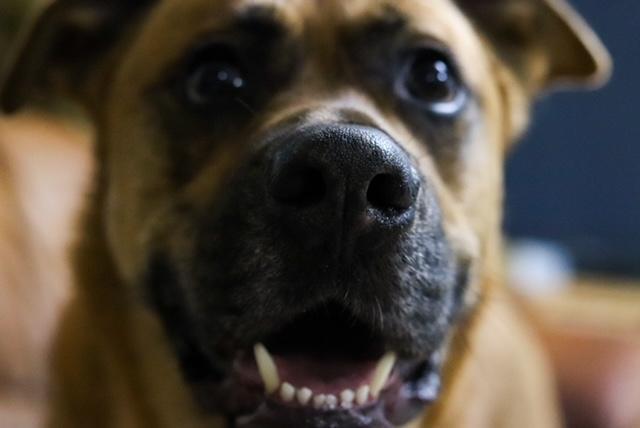
Disease ManagementGeneral HealthDogsKidney DiseaseOral Care
Top Tips for Keeping Your Dog’s Teeth Clean!
Jan 30 2023
•
9 mins 30 secs
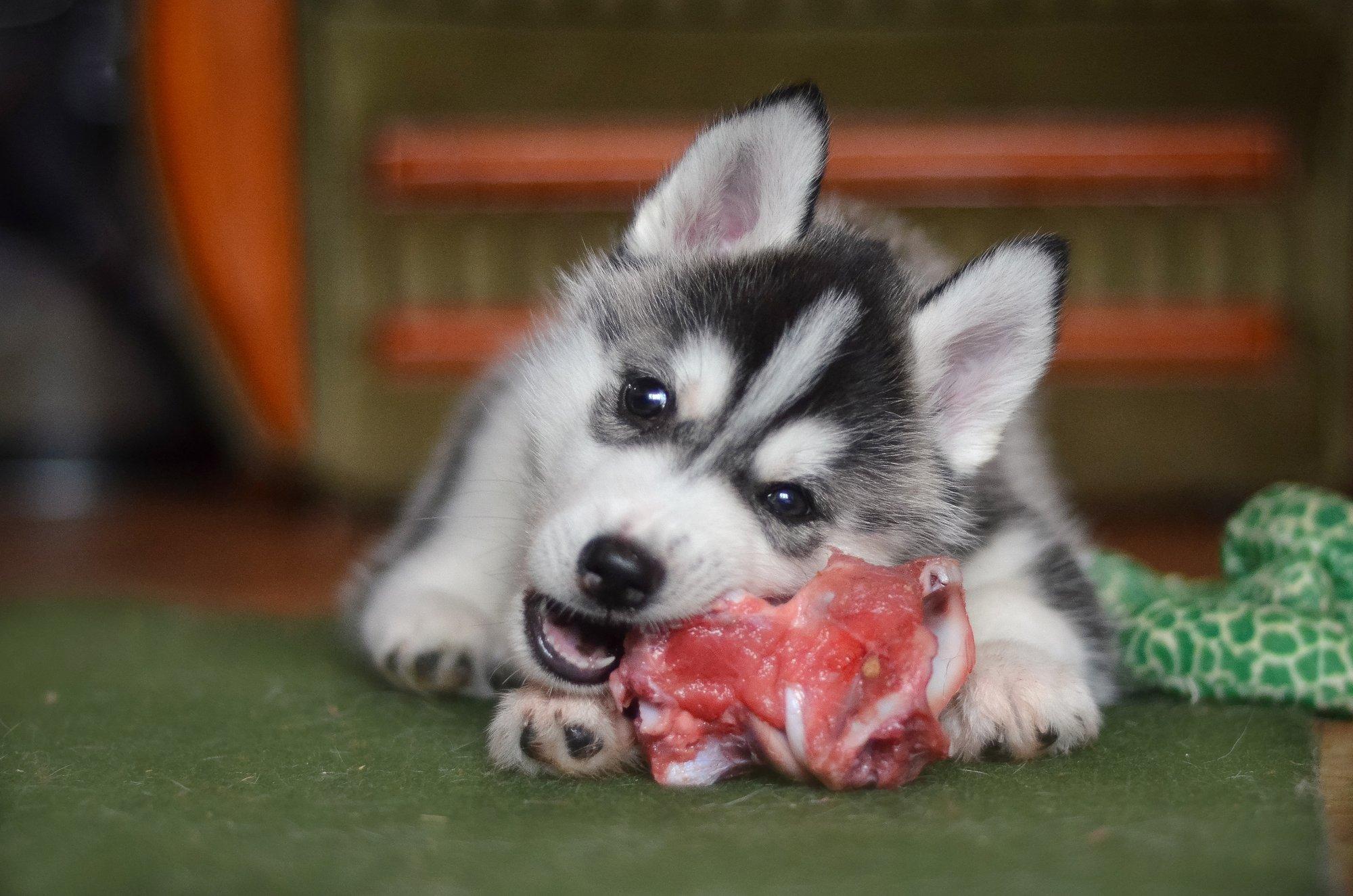
Disease ManagementGeneral HealthDogsKidney DiseaseOral Care
Feeding Bones: A Mini Guide To Bones
Dec 07 2021
•
5 mins 56 secs

Disease ManagementGeneral HealthDogsKidney DiseaseOral Care
5 Mistakes Dog Owners Often Make
Nov 01 2021
•
5 mins 9 secs

Disease ManagementGeneral HealthDogsKidney DiseaseOral Care
Periodontal Disease in Dogs
May 04 2021
•
7 min read

Disease ManagementGeneral HealthDogsKidney DiseaseOral Care
Dental care for your dog
Jan 07 2020
•
4 min read
✕





